Expedition Amazon
Three Glasgow students travelled halfway round the world to work with the children of Peru where, much like their university town, standards of oral health are exacerbated by socioeconomic status
In the summer of 2014 we three dental students travelled to Peru to complete our BDS4 Elective Study, entitled “The Development and Delivery of an Oral Health Education Resource, in Spanish, for use in a Paediatric Population in Peru” – a rather wordy title but fairly self-explanatory. For two weeks we gave oral health lessons to more than 75 children ranging from two to sixteen years, an experience we all agree to have found fun, interesting, and at times hard, but overall extremely rewarding.
Why this project? Firstly, we wanted to visit a developing country to witness the difficulties faced without a national health service and with limited public health interventions. At the moment, oral health in Peru constitutes a serious public health problem; according to the Pan American Health Organisation the prevalence of dental caries in 2000 was 84%1 and a DMFT index published in 2002 found a score of 3.7 for children aged 122.
Information about Peruvian oral health is scant in the extreme and our research found very little information about the existence of any public health interventions to improve the dental health of children in Peru.
Our research found there was little information about the existence of any public health interventions to improve the dental health of children in Peru
Lauren Wilson
The provision of dental services in Peru is private, with approximately one dentist per 9000 people. Dental attendance is low due to cost. Much like Glasgow, differences in standards of oral health are exacerbated by socioeconomic status and one of the main reasons for this is a lack of education. This was one particular area in which we felt we could help.
We also each wished to work directly with children, hence the emphasis on the paediatric population. A previous assignment involving teaching oral health to primary seven pupils in Glasgow had given us a taste for oral health education, and therefore we decided to base our elective on this project. Teaching a lesson to this age group in Scotland was very useful and a good test run as ten and eleven year olds would be the mean age of our target audience out in Peru; and let’s be honest, if we couldn’t get the message across in English we were really going to struggle in Spanish.
- Peru
- Enjoying the sights of Peru and taking a break from work with the children
- Diet plays a major part in the concerns over oral hygiene in Peruvian children
- Hillside towns like this are home to thousands of Peruvian children with very significant oral health issues
- One Peruvian youngster enjoys learning all about the benefits of regular teeth brushing
- Students in Peru
On planning our trip to Peru we tried to find and contact as many volunteering agencies involving children as possible. With the internet not as readily available in Peru as it is in the UK, establishing initial contact was difficult. It was disappointing when agencies didn’t reply, but after months of emailing we finally gained correspondence with the Elim orphanage in Cusco and the HOOP project in Flora Tristan, a shanty town on the outskirts of Arequipa, a coastal city in the southwest of Peru.
The first place we visited was Arequipa and an hour’s bus journey out of the city took us to Flora Tristan, where the afterschool club was based. It was a very poor area and the children attending the school were often dishevelled and dirty, wearing the same clothes every day. Arequipa is 2,500m above sea level and visiting here first allowed us some time to acclimatise to the decreased oxygen availability before climbing to our next destination of Cusco, at 3,500m.
Cusco, situated in the south-east of Peru, is known for being the historic capital of the Inca empire. With a population of roughly 430,000, it is the unofficial capital of Peru and a hub for tourists visiting the ancient Inca citadel of Machu Picchu. However, you only had to walk 10 minutes from the busy main square to see the extent of the poverty many of the citizens faced. The Elim orphanange was situated in these poorer suburbs and we stayed in the boys’ house. The orphanage homed children who had lived on the streets or had come from very difficult family circumstances.
When developing the resource we looked at current oral health resources and guidance currently in use in Scotland; this included Childsmile, SDCEP guidelines and the SIGN 138 guideline. We were unsure of the level of knowledge regarding oral health within our target population so when creating our resource we kept the content to key messages in topics which included diet, tooth brushing and the role of the dentist. After this pilot resource was complete we translated it into Spanish. We had been taking Spanish lessons for 18 months prior to our visit and were fortunate enough to have all of our written Spanish resources checked by a native speaker prior to embarkation.
We aimed to develop and tailor the pilot resource once in Peru as we would then have a better understanding of the limitations faced by the children, the general oral health attitudes of the population and the Peruvian people’s culture and lifestyle. With the limited time we were able to spend over there we knew we needed to create something that could complement the system already present. We were eager not to become another group of “voluntourists” and wanted to leave something that would have a lasting benefit for the children of the country.
In both cities our target age range was large. The youngest child we saw was two years old and the eldest almost sixteen; alongside this we also seized an opportunity to speak to a large group of parents in one of the communities.
The wide age range and lack of information available at our initial design stage made us slightly nervous about delivering the resource and this was only increased by the issue of the Spanish language barrier. However, with the help of volunteers who worked with the agencies, we managed to successfully deliver our lessons.
For each age group, one of us would lead the lesson, one played a diet game and the other demonstration tooth brushing. Due to the children’s circumstances we advised them to visit the dentist when in pain, as asking them to go for check-ups just felt ignorant and out-of-touch. After the lessons each child received a toothbrush and toothpaste and we invited them to stick the posters up in eating areas and at bathroom sinks. Overall, the children were receptive and appeared to enjoy the content, particularly playing with the set of big teeth and toothbrush that we took out with us. One thing the children really responded to was when we explained the “spit don’t rinse” concept. To borrow an old cliché, it really did seem like a “lightbulb moment” for the children, not just for the older age group, but also for the 7-10 kids as well. To receive a response like that from such a simple message made us wish we had been able to visit more groups.
Carrying out this project in a team meant there were more ideas being generated during planning, more discussion on content and different opinions on teaching styles, ultimately giving us a better final resource and lesson.
Some aspects of our lessons were not so successful: for instance, a lesson we delivered to the mothers of the youngest children at the after-school club. They were very unenthusiastic and it was easy to see why: we were three young Western girls preaching when clearly we could not identify with the daily problems they faced. Many of them had several children, little money, variable electricity and water, were working full time and had more pressing problems than getting their children to brush their teeth. A lot of the women attended a skills development group and, on reflection, we probably would have had more success giving the teacher of the group advice and having them pass it on rather than struggling by ourselves.
It was interesting to see the differences between Scotland and Peru, especially with regards to diet. We carried out some research speaking to children, staff and parents to obtain a rough understanding of typical dietary patterns. While main meals are generally low in sugar, Peruvians love sugary pastries and sweets. By far their favourite soft drink is Inca Cola; an electric yellow fizzy juice with some extra sugar added in for taste.
This diet pattern is similar to Glasgow with the main sugar intake due to snacking on refined carbohydrate, confectionery or high-sugar beverages. Poor water sanitation means water must be pre-boiled prior to consumption resulting in a bad taste and therefore it is often avoided. Bottled water costs an average of two Peruvian sols (40 pence) per 600ml bottle, almost equal in price to sweetened drinks.
It’s not rocket science to see the problem here. Very few children will opt to buy water when their favourite sugary drink is only pennies more expensive. After this insight, we adapted our resource to include a list of safe snacks as the children frequently asked what foods were healthy for their teeth.
We loved every minute of our elective. However, it was challenging when we couldn’t quite remember the Spanish word for something or actually a bit unnerving after getting lost travelling by bus to our first school – Peruvian public transport is not something for the faint-hearted. Buses seat 18 people, but we don’t think we ever travelled on one with less than 40. Sitting on a stranger’s knee or having your head pressed against their armpit while they clung onto the handles to stop themselves being thrown on to the seven children sharing the seat beside them was perfectly normal.
Aside from dentistry, this project allowed us to visit a country rich in history and culture. We learned a lot about the people of Peru, their dress code, behaviour and values and we managed to fit in a bit of sight-seeing along the way too; Machu Picchu being a highlight for all of us. One thing we won’t miss, however, is the local delicacy of guinea pig (best avoided).
To anyone considering an elective similar to ours, we say DO IT! Prevention is a hugely important part of paediatric dentistry and it is important we strive to deliver these simple oral health messages to the children who need it most. Our experience was fantastic and gave us a lot of food for thought in how we will deliver our own preventive advice in practice. A truly memorable trip.
About the author
This article was written by University of Glasgow dental students Nina Haveron, Lauren Wilson and Ailsa Woodley following their Elective trip to South America in the summer of 2014.
References
- PAHO.Heath situation analysis and trends summary: Peru Oral health. Available from: http://www1.paho.org/English/DD/AIS/cp_604.htm
- Malmö University Oral Health Database. Available from: http://www.mah.se/CAPP/Country-Oral-Health-Profiles/According-to-Alphabetical/CountryArea-P/

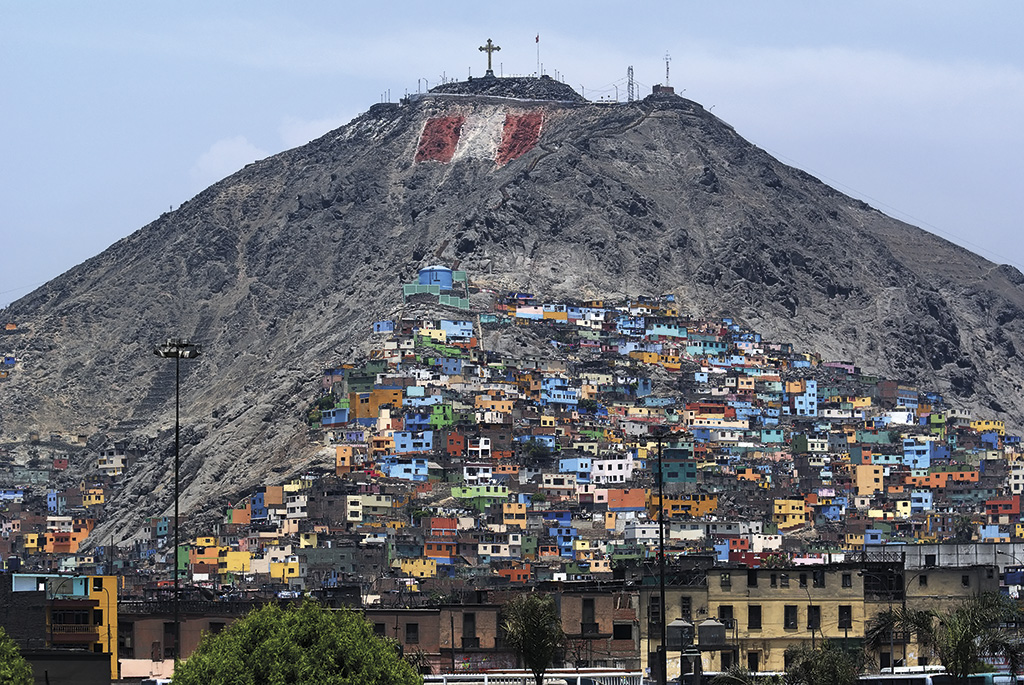

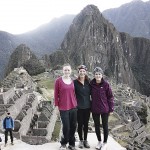
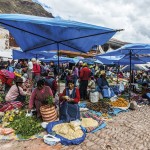
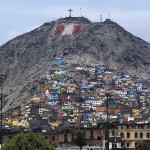
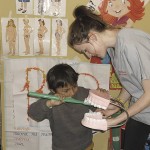

Comments are closed here.